Capital Gains Tax on Real Estate: Rates, Rules, and How to Avoid It
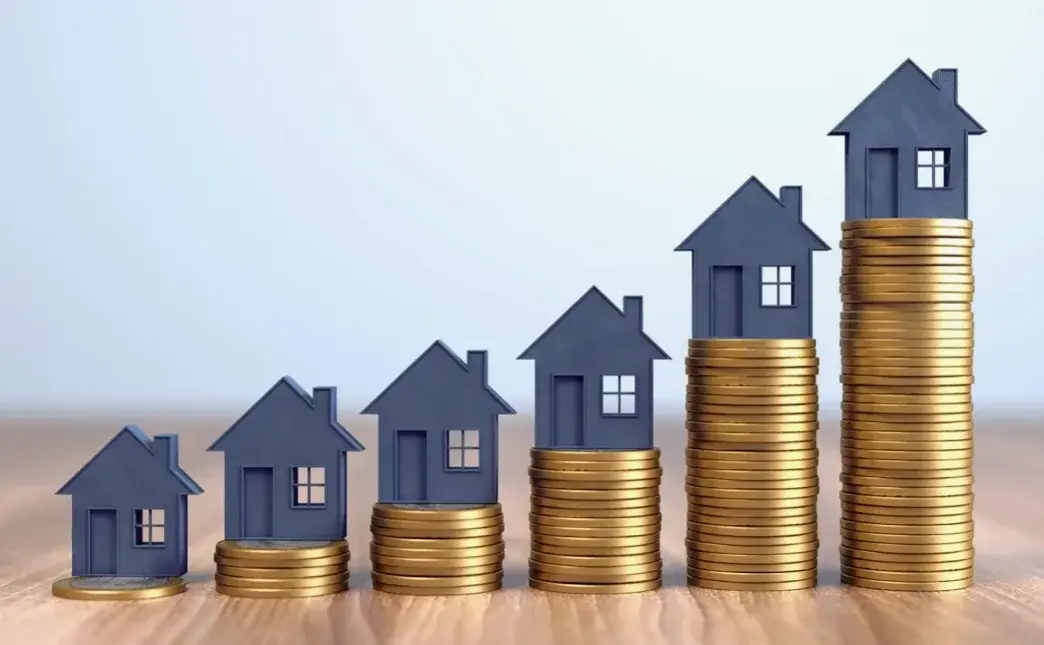
When it comes to selling a house, everyone desires to make a high profit on it. The profit you make on the sale will be classified as a capital gain and the IRS will require you to pay capital gains tax on real estate.
What Is Capital Gains Tax on Real Estate?
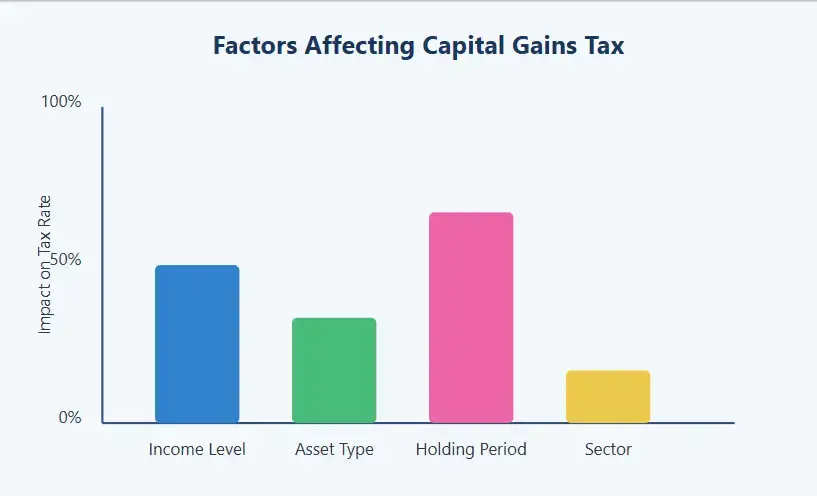
When you sell your home for a profit, you may be liable to pay capital gains tax on this profit. The rate of tax paid will be based mostly on three factors:
Taxable income
Duration for which you held the property
Your filing status
However, it is not compulsory to pay capital gains tax on real estate every time. There are scenarios where you can avoid paying this tax due to IRS exemptions.
Keep in mind that the applicable capital gains tax needs to be paid the same year you sell your property. Let’s take a closer look at this type of real estate tax by learning how it works, how you can reduce or avoid it, and its short-term and long-term forms.
Capital Gains Tax Definition and How It Applies to Real Estate
Capital gains tax on real estate is a tax on the asset’s appreciation during the duration of its ownership. It is important to know that the capital gains on your primary residence are treated differently than the capital gains you make on your rental or investment properties.
Usually, the IRS lets individuals selling their primary homes to exclude a specific amount of their profit from their reported income. For example, if you are a single tax filer, you can exclude $250,000 of capital gains from your profit. If you are married and file jointly, you can exclude up to $500,000. If your profit is more than this limit, you may have to pay capital gains tax on the difference.
Consider the following two examples to understand how much is capital gains tax on real estate:
Example I:
Suppose you bought a condo for $300,000 and live in it. You sell it after 5 years for $500,000. You generated a profit of $200,000. If you are a single tax filer, you will not have to pay any capital gains tax because $200,000 does not exceed the exclusion amount of $250,000 offered by the IRS.
Example II:
Consider the same property, which you purchased for $300,000. However, in a different scenario, its value increased significantly due to positive market conditions and you sold it for $700,000 after 5 years. Now, you will have capital gains tax due on $150,000 ($400,000 profit - $250,000 exemption).
If your income is in the $48,351 to $533,400 bracket as a single tax filer, you will have to pay 15% tax on $150,000 as long-term capital gains tax.
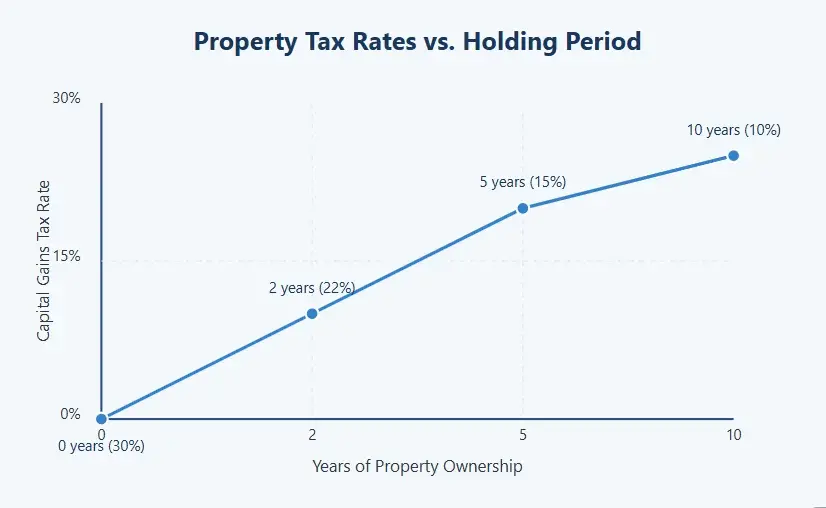
Short-Term vs. Long-Term Capital Gains Tax Rates on Real Estate
There are both short-term and long-term capital gains capital gains tax on real estate. It is important to understand what these capital gains mean.
Short-Term Capital Gains Tax
The profits you make by selling a property within a year of buying it are called short-term capital gains. These profits are taxed the same way your income is taxed based on your filing status and tax bracket. The tax rates here can range from 10% to 37%. Short-term capital gains are considered ordinary income because they are not held over a long period of time.
Long-Term Capital Gains Tax
When you hold a property for a year or more and sell it for a profit, you will be making long-term capital gains. The tax rates for these gains are relatively lower, ranging from 0% to 20% based on your taxable income.

What Is an Unrealized Capital Gain in Real Estate?
When your property’s market value has exceeded its original purchase price and you still hold onto it, you will have made unrealized gains. Once you sell the real estate these unrealized gains will transform into realized gains.
You do not have to pay any unrealized capital gains tax on real estate investment property until you make realized gains. Suppose you purchased a house 3 years ago for $200,000. You got it appraised recently and found it to be worth $250,000. So, your house has an unrealized gain of $50,000. This, however, does not mean that you have the $50,000 in cash. You will have to sell your house to turn it into realized gains. Besides, since the market is always unpredictable, the value of your house can fluctuate and your unrealized gains can change with time.

How Much Is Capital Gains Tax on Real Estate?
Coming to the question of how much is capital gains tax on real estate, the tax rate can depend on many factors. These include:
The income tax bracket applicable to you
The duration for which you have owned the property
Your marital status and whether you file your tax as a single or with your married partner
Whether the real estate is used as a primary residence, secondary residence, or as an investment property
When calculating these taxes, it is important to know that you will have to pay applicable federal capital gains tax on real estate and state capital gains taxes.
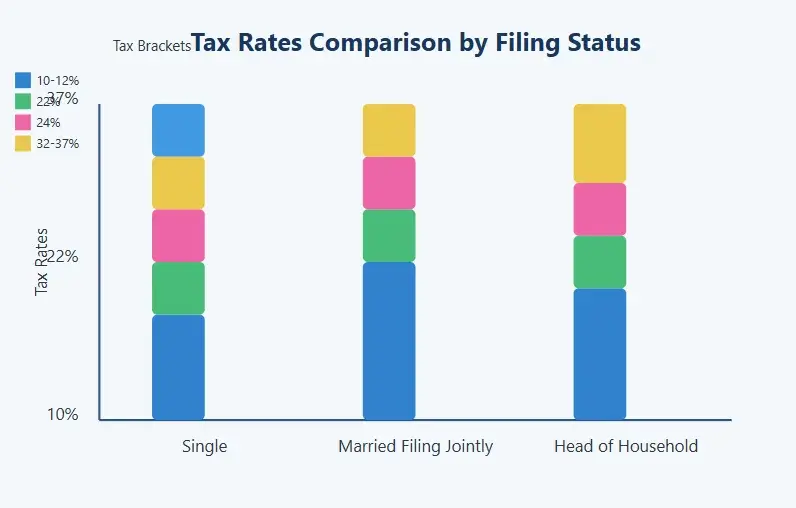
Federal Capital Gains Tax Rates for Real Estate Sales
The highest long-term federal capital gains tax on real estate is 20% currently. The tax rates in different scenarios are as follows:
As a Single Tax Filer:
$1 to $48,350: 0%
$48,351 to $533,400: 15%
$533,401 or more: 20%
As a Married Couple Filing Jointly:
$1 to $96,700: 0%
$96,701 to $600,050: 15%
$600,051 or more: 20%
As the Head of the Household:
$1 to $64,750: 0%
$64,751 to $566,700: 15%
$566,701 or more: 20%
Short-term federal capital gains tax rate on real estate are subject to normal income tax rates. They are taxed federally at different slabs starting from 10% and going up to 37%.
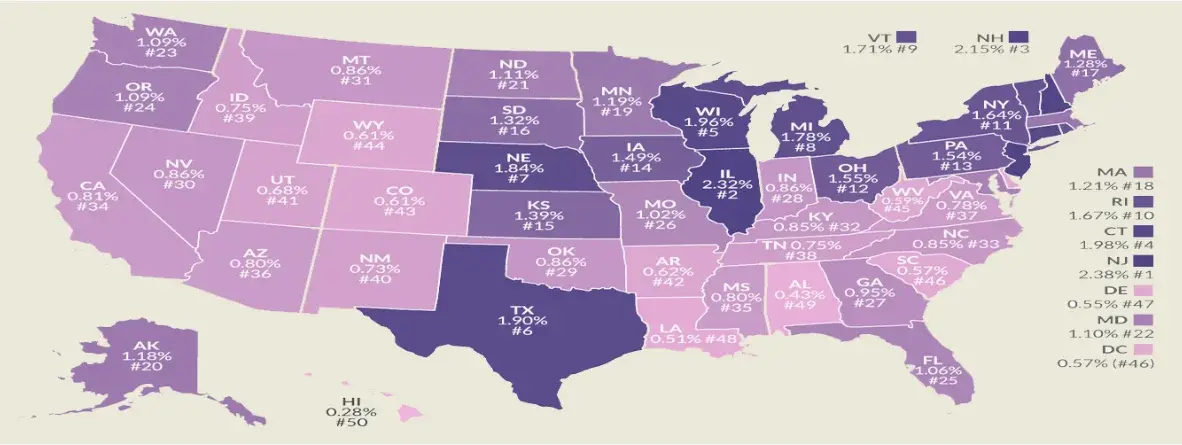
State Capital Gains Taxes on Real Estate
Most states that levy the capital gains tax on real estate have a tax rate similar to or correlated to their state income tax. For example, all capital gains in California are treated as normal income. There is no difference between short-term and long-term capital gains tax rates in California. If you ask what is capital gains tax on real estate in California, the answer is a standard 0% to 14.4% on the profit generated.
The following is a list of the states with the highest state capital gains taxes and their highest tax rates:
California: 14.4%
New York: 10.9%
New Jersey: 10.75%
Oregon: 9.9%
Minnesota: 9.85%
Then, there are states that do not charge any short term or long term capital gains tax on real estate. These include:
Florida
Alaska
New Hampshire
Nevada
Texas
South Dakota
Wyoming
Tennessee
How to Calculate Capital Gains Tax on Real Estate?
The following example provides you with valuable insights explaining how to calculate capital gains tax on real estate:
John bought a house 5 years ago for $400,000 and then sold it at $800,000. While John is married, he files his taxes separately from his partner. His capital gains tax rate on real estate will be calculated as follows:
Determine the cost of the property, which is the original buying price of $400,000
The capital gain can be calculated by subtracting the original price from the selling price. It will be calculated as $800,000 - $400,000 = $400,000.
If the property is your primary residence, you can benefit from the $250,000 exemption. So, your capital gain will be $400,000 - $250,000 = $150,000.
The applicable long-term capital gains tax rate on real estate for this amount is 15%. So, the capital gains tax will be $22,500.
If it is not your primary residence, but an investment property, the 15% capital gains tax on real estate investment property will be calculated on $400,000 and it will come to $60,000.
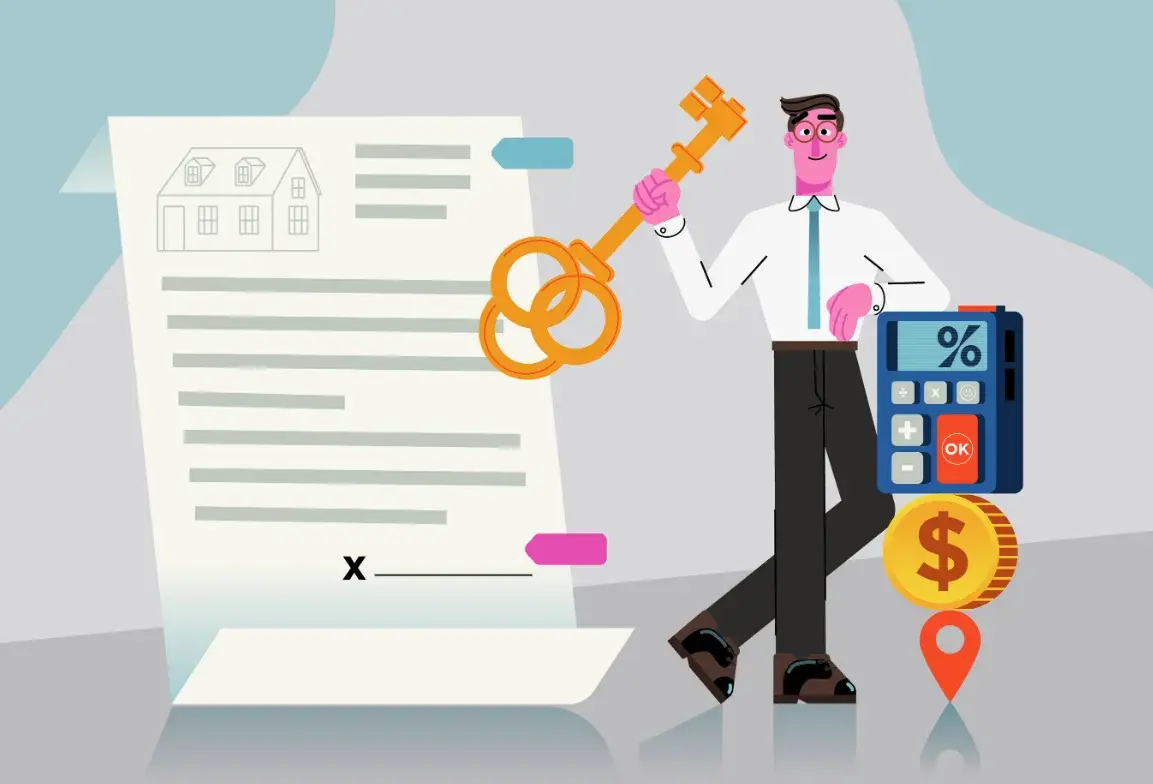
How to Avoid Capital Gains Tax on Real Estate?
If you are thinking of how to avoid capital gains tax on real estate, there are a few ways that can work if you meet the right conditions.
Using the Primary Residence Exclusion
There is a capital gains tax exemption of up to $250,000 for individual tax filers on primary residence that has been held for at least 2 years. If you have an investment property, this exemption cannot be availed. If you file taxes jointly with your partner, you can avail an exemption of up to $500,000. So, if you have an investment property, it is recommended to convert it into a primary residence and use it as such for at least 2 years before selling.
The 1031 Exchange for Real Estate Investors
As a property owner, you can avoid capital gains tax by reinvesting the proceeds from its sale in a similar real estate using a 1031 exchange. This exclusion gets its name from the IRS’s Internal Revenue Code Section 1031. Everyone can benefit from this option, including:
Individuals
Corporations
Trusts
Limited liability companies
Partnerships
Holding Real Estate for Long-Term Gains
How long you have owned a property also affects its capital gains tax on real estate sale. If you have owned the real estate for over 1 year before you sell it, the profit generated will be considered as long-term capital gains. Long-term capital gains tax on real estate is usually lower than short-term capital gains tax. So, it is recommended to hold a property for more than 1 year before selling it.
Offsetting Gains with Losses (Tax-Loss Harvesting)
Tax-loss harvesting is the process of selling underperforming investments to balance off the profits you made from selling your property. This can lead to reducing your total taxable income.
You should carefully manage your portfolio to deduct your losses from your profits made when selling your property. This requires having an excellent understanding of your investments’ performance.
Conclusion
Whether it is your primary residence or other investment properties, it is important to know how to calculate capital gains tax on real estate sales. Different types of properties owned for different periods of time are taxed differently for the capital gains you make when you sell them. With the right knowledge, you can save significant amounts of money on your taxes and use the savings to invest elsewhere.
FAQs
At what age can you sell your home and not pay capital gains?
There is an upper age limit that exempts you from paying capital gains tax rate on real estate.
What is the one-time capital gains exemption?
There is no one-time capital gains exemption. However, you can avail a capital gains tax exemption if you are selling your primary residence.
How much do you pay the IRS when you sell a house?
If you sell a house that you owned for less than 1 year, you may have to pay up to 37% in capital gains tax. If it was sold after 1 year of ownership, the tax rate can be up to 20%.
Do I have to buy another house to avoid capital gains?
Using Section 1031 or like-kind exchange, you can defer paying capital gains tax on the sale of an investment property by using its sales proceeds to purchase another similar property.
News insight
 Feb 26, 2025
Feb 26, 2025How to Invest in Real Estate: Strategies for Beginners and Beyond
Learn how to invest in real estate, even with little or no money. Discover strategies for beginners,...
